INSIDE ISSUE 19.42 | Oct. 16, 2020
BIG STORY: Get ready to see more of Harrison, Graham in the next 3 weeks
NEWS BRIEFS: Agency balks at federal aid to colleges after ruling
SPOTLIGHT: S.C. Senate Democratic Caucus
COMMENTARY, Brack: Avoidance of health care policy may hurt GOP at polls
LOWCOUNTRY, Ariail: Too small for a republic
MY TURN, E. Brack: Readers suggest why so many people are voting early
FEEDBACK: Send us your thoughts
MYSTERY PHOTO: Monument to shipping
HISTORY: Meet three people associated with Charleston
Get ready to see more of Harrison, Graham in the next 3 weeks
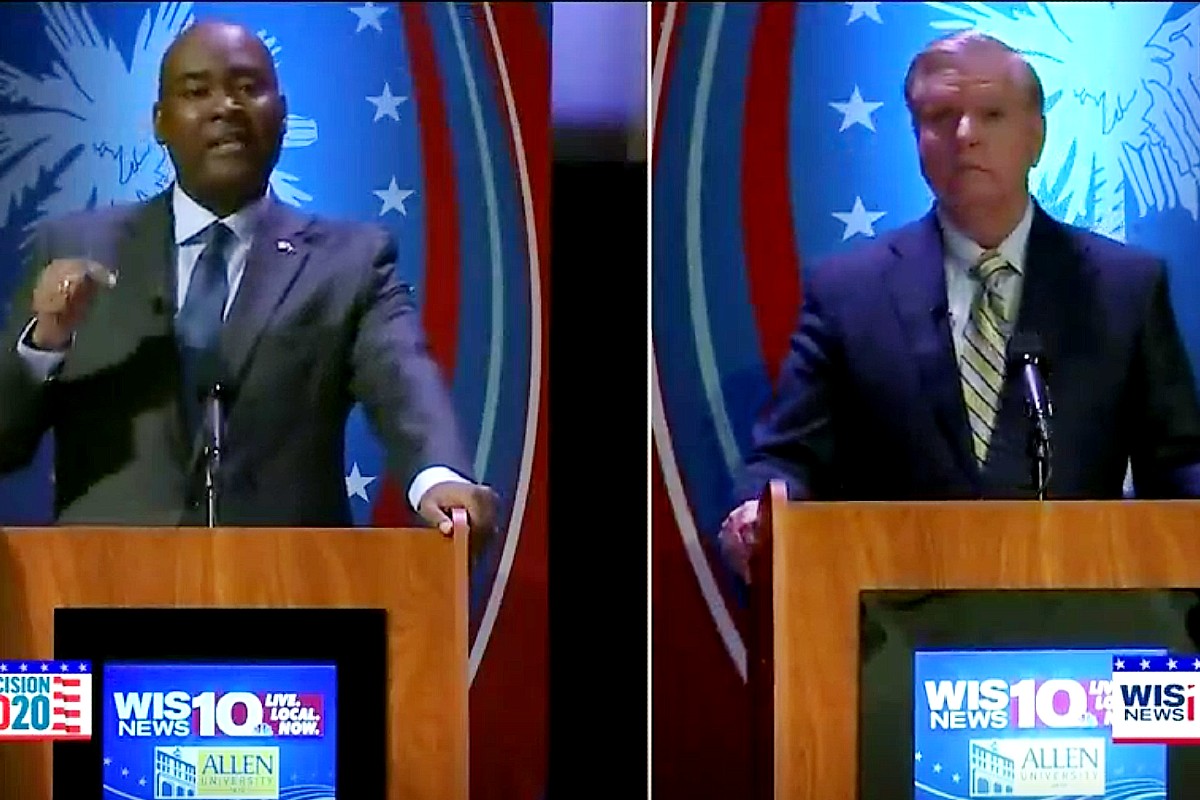
By Lindsay Street, Statehouse Report | The nationally record-setting third quarter fundraising for the U.S. Senate race in South Carolina has some wondering: what can be done with $85 million with just 18 days until the General Election?
“This is unlike anything we have seen in South Carolina before,” Furman University political science professor Danielle Vinson said.
Incumbent Republican U.S. Sen. Lindsey Graham and his Democratic challenger, Jaime Harrison, have set national records in third-quarter fundraising. Harrison’s campaign announced this week a whopping $57 million in contributions from July 1 to Sept. 30.
“Congratulations to him. That’s the most anybody’s ever raised in the history of the Senate,” Republican incumbent U.S. Sen. Lindsey Graham said Wednesday. “I raised $28 million, the most any Republican has raised.”
Together, the men raised $85 million in the last three months. Assuming they haven’t spent any of that money yet (and they most assuredly have) that would equate to $4.7 million a day from today until Nov. 3.
How will they use it? More of everything: More TV, more radio, more online, more mailers and more paid volunteers who text you, phone you and knock on your doors.
College of Charleston political science professor Gibbs Knotts said a 12-minute YouTube video he played for class was interrupted three times by Harrison. Vinson said it’s nearly impossible not to recognize Harrison’s face by now.
Close race
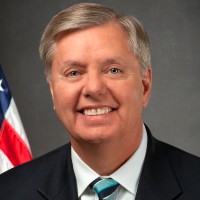
Graham has relied heavily on his warchest to keep his seat safe through the years, Knotts said.
“Graham has always been a good fundraiser,” he said. “He never anticipated someone being able to raise the money that Harrison was able to raise.”
The big money for Harrison has put Graham on the offensive. In the last month, Graham has made headlines for the amount of times he has solicited donations during TV interviews. This week, critics panned him for soliciting donations while inside a Senate building.
Knotts pointed to another Senate hopeful, Beto O’Rourke, who harried Republican incumbent Sen. Ted Cruz of Texas in 2018 with big money. He said the 2018 campaign is similar to Graham’s 2020 race where many people nationally did not like the incumbent and the Democratic challenger brought in big dollars to mount a surprise campaign.
And it showed something important, Knotts said: Money doesn’t always buy a win, as O’Rourke found out at the polls, losing by 215,000 votes.
And, so far, Graham has kept his edge despite bringing in fewer dollars. The national website FiveThirtyEight, as of Thursday, forecasted the race to favor Graham. A New York Times/Siena College poll Thursday showed a 6-point advantage to Graham.
In 2014, Graham received 672,941 votes of the 1.24 million ballots cast in that race. The rest of the votes were split among three candidates, including Orangeburg Democratic Sen. Brad Hutto, who received 456,726 votes.
Harrison, as then-chair of the state’s Democratic Party, recruited Hutto in 2014 to challenge Graham in the general election. Hutto said if he had $57 million on hand in the last quarter, “I would have won.”
“You can say, ‘Is Jaime doing [blank]’ and the answer is yes,” Hutto said. That means spending in big TV markets, online, mailboxes and more. “There is not a facet of how to run a modern campaign that he doesn’t have the money to do, so he’s doing it all.”
Big spending
Graham has hit Harrison in recent ads saying “liberals are trying to buy South Carolina” and “South Carolina is not for sale.” But both candidates have benefited from out-of-state donors, who made up the lion’s share of their purses, according to June 30 reports to the Federal Election Commission. They hover around a rate of $1 from South Carolina for every $10 from elsewhere.
“South Carolinians don’t tend to contribute in huge amounts so, yeah, if you’re raising this level of money even in Graham’s campaigns, you’d find a lot of out-of-state (donors),” Vinson said.
Regardless, Knotts said Graham’s message can resonate with voters wary of too much spending in politics. However, he said, research is thin on whether a candidate can spend too much money. And both Knotts and Vinson said it can help inform voters.
“We often think of money in politics and ‘oh that’s awful,’ but the reality is you need money in politics if you’re going to inform voters,” Vinson said. “If you want to be heard you’ve got to be able to reach the voters on your own and money is how you do that.”
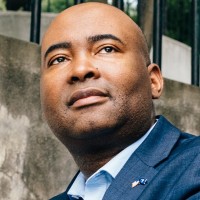
Knotts said ads like Harrison’s recent 1-minute ad, narrated by actor Viola Davis, that focuses on his story and vision are “never going to backfire.” Negative advertisements should be limited, however, he said.
Vinson said sitting on a pile of cash can also mean sitting on a pile of ads that can be used under certain scenarios, like a game of chess, and deployed at a moment’s notice.
Harrison’s campaign has also spent money on ads that attack Constitutional candidate Bill Bledsoe for being more conservative than Graham. Bledsoe dropped out of the race and endorsed Graham, but remains on the ballot. The ad is seen as an attempt to attract conservatives to voting for Bledsoe, cleaving voters from Graham.
Knotts said it could work in a close election with Graham, who has always been “a little vulnerable” to candidates further right.
One of the keys to Harrison’s spending may be his ability to penetrate the expensive North Carolina-based TV markets that serve the Upstate, Vinson said.
Hutto said the Upstate is often written off for being a Republican stronghold because the counties are solidly red, but the Democratic votes there could add up for a statewide win. For example, one in nearly five S.C. voters who cast ballots for Democratic presidential candidate Hillary Clinton in 2016 resided in the red counties of Greenville, Spartanburg and York, representing a market larger than either Richland or Charleston counties, both of which voted Democratic.
Vinson said Harrison should also consider spending in markets to help down-ballot Democrats in tight races.
“Using it to help some of the other Democratic candidates where he may need to shore up some support (is possible),” Vinson said. “I could see that working in the First District with Joe Cunningham.”
Knotts said a vote for Cunningham is going to translate to a vote for Harrison, and that could also play out for Fifth District Democratic candidate Moe Brown, who is challenging Republican incumbent U.S. Rep. Ralph Norman. Cunningham’s race is expected to be close but in his favor. Norman is very likely to survive the challenge.
Meanwhile, Graham has doubled down on the Senate confirmation of Supreme Court nominee Amy Coney Barrett, a conservative appointment by President Donald Trump. Graham’s role as head of the Senate Judiciary Committee has afforded him expense-free national coverage, which he has used to highlight his record on extra-judicial issues.
Other campaign spending will likely include more paid volunteers and funding transportation for voters throughout absentee voting and on election day, Vinson said. She added community efforts to get out the vote — such as Harrison Helps, the Harrison campaign’s boots-on-the-ground helping initiative — will be well-heeled.
And don’t forget: candidates don’t have to spend all their cash ahead of Nov. 3. That money can be used for future campaigns — meaning a deep pocket for whoever loses in the general election, Vinson said.
- Have a comment? Send to: feedback@statehousereport.com
Agency balks at federal aid to colleges after ruling
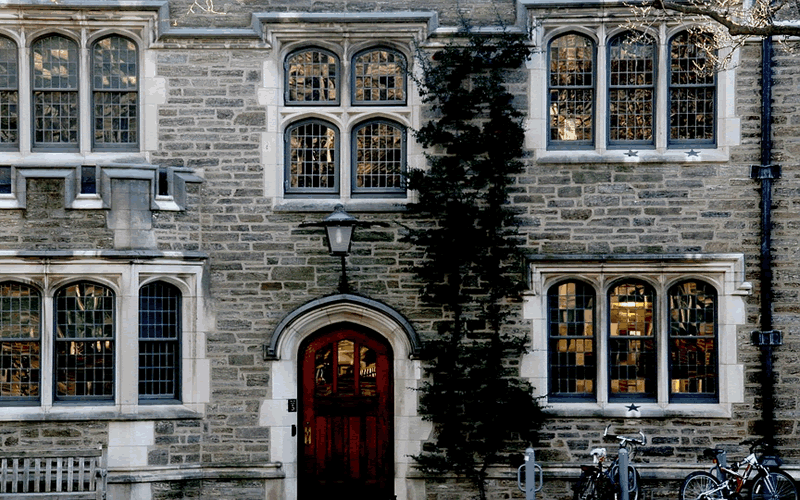
By Lindsay Street, Statehouse Report | South Carolina’s public fund administrator says the agency has been advised to halt federal coronavirus aid to private higher education institutions.
S.C. Department of Administration Executive Director Marcia Adams sent a letter Tuesday to Senate Finance Chair Hugh Leatherman, R-Florence, to discuss halting some of the $115 million set aside by state lawmakers from federal money for state, local government, and independent college and university expenditures. She said the agency sought outside counsel after an S.C. Supreme Court ruling last week stopped governor-directed aid to reimburse tuition at private K-12 schools.
“The ultimate conclusion of our review and the opinion of outside counsel is that Admin must refrain from disbursing money to independent colleges and universities under the Act (154) without further judicial direction,” Adams said in the letter.
Act 154 directed federal aid from the CARES Act through the state’s administration department.
Last week, the S.C. Supreme Court ruled against Gov. Henry McMaster’s allocation of $32 million in federal funding for one-time tuition grants for students attending private K-12 schools because it was in violation of the state’s constitution (Article XI, Section 4).
Orangeburg Democratic Sen. Brad Hutto, whose son litigated the case against the governor’s vouchers, said if Admin stops the aid, it will affect about $12 million slated for private higher education institutions in South Carolina.
With the agency reviewing implications of the ruling, now come questions of other state funds going to private institutions. But those may also have to come in the form of court challenges, Hutto said.
“The Supreme Court doesn’t just go out and hand out advisory opinions,” Hutto said.
One example of state funds regularly being allocated to private institutions is state education lottery funds going to historically black colleges and universities (HBCUs), eight out of nine of which are private. Since 2003, about $52.5 million of the Higher Education Excellence Enhancement Program has gone to private institutions, according to Senate Finance documents.
“It’s the same constitutional provision at play,” Hutto said. “It’s a different issue and it’s related, but someone would have to challenge that if they want to challenge it.”
In other news:
![]() U.S. Supreme Court rejects McMaster Planned Parenthood defunding. The U.S. Supreme Court this week rejected Gov. Henry McMaster’s years-long legal effort to eliminate Medicaid funding for Planned Parenthood clinics in South Carolina. Read more.
U.S. Supreme Court rejects McMaster Planned Parenthood defunding. The U.S. Supreme Court this week rejected Gov. Henry McMaster’s years-long legal effort to eliminate Medicaid funding for Planned Parenthood clinics in South Carolina. Read more.
More than 1M expected to vote absentee in S.C. A record number of South Carolinians have voted absentee, both in person and by mail, and based on current trends, more than 1 million voters will likely vote before election day, according to the state Election Commission. So far, 637,000 absentee ballots have been issued. In 2016, a total of 517,000 voted absentee. And friendly reminder: Voters seeking to vote by mail must return their request application by Oct. 24. Learn more.
Bad ballots in Charleston County reported. More than 1,300 incorrect mail-in ballots were sent out in Charleston County. Those ballots have been resent to the West Ashley voters affected. Read more.
State sees increases in violent crime. 2019 is trying to keep 2020 company on the bad news front: a new report shows murder, aggravated assault and assaults on law enforcement were on the rise last year. Compared with 2018, 2019 saw a 6.7 percent increase in murders, a 4 percent increase in aggravated assaults and a 20 percent increase in assaults against officers. Read more.
Commerce Department can’t keep business deals secret. State circuit Judge Robert Hood ruled this week the S.C. Department of Commerce violated the Freedom of Information laws by keeping basic information secret about financial incentives offered to companies relocating in the state. Read more.
Racial disparities worsen among infant mortality rates. Black infants born in South Carolina were nearly three times as likely to die before their first birthday than white infants, according to a new report looking at data from 2019. Read more.
State inefficient when it comes to energy, report says. South Carolina is among the least-energy efficient states in the nation, according to a new report from WalletHub. The state was listed 34th in transportation efficiency, 41st in vehicle-fuel efficiency and 48th in home energy efficiency. Read more.
Charm v. high energy in the fight for First Congressional District. South Carolina’s First Congressional District race in the Lowcountry has attracted national attention as Democratic incumbent U.S. Rep. Joe Cunningham takes on Republican challenger and state Rep. Nancy Mace. Our sister publication, the Charleston City Paper, published profiles on both candidates this week:
- Cunningham attempts to charm a second term
- Mace seeks to make Cunningham a one-term wonder
- Have a comment? Send to: feedback@statehousereport.com
S.C. Senate Democratic Caucus
 The public spiritedness of our underwriters allows us to bring Statehouse Report to you at no cost. This week’s spotlighted underwriter is the S.C. Senate Democratic Caucus. Organized almost 25 years ago, the Caucus has played an important role in many of the historic issues facing our state. As a vibrant minority party in the Senate, its role is to represent our constituents and present viable alternatives on critical issues. The S.C. Senate Democratic Caucus remains a unique place for this to occur in our policy process.
The public spiritedness of our underwriters allows us to bring Statehouse Report to you at no cost. This week’s spotlighted underwriter is the S.C. Senate Democratic Caucus. Organized almost 25 years ago, the Caucus has played an important role in many of the historic issues facing our state. As a vibrant minority party in the Senate, its role is to represent our constituents and present viable alternatives on critical issues. The S.C. Senate Democratic Caucus remains a unique place for this to occur in our policy process.
- Learn more about the Caucus at: www.scsenatedems.org.
Avoidance of health care policy may hurt GOP at polls

By Andy Brack, editor and publisher | | Health care is a sleeper issue that just might bite the Republican Party in the butt in 2020, just like it did at the midterm elections of 2018.
 Imagine if the GOP had come up with some kind of inviting national proposal to provide affordable health care that was an alternative to Obamacare, instead of standing in the way and saying no, just like it has done for years. Just having a plan — something long promised and undelivered upon by President Trump — would have shown engagement on the issue that remains high on Americans’ minds, particularly with a pandemic killing more than 200,000 people since the beginning of the year.
Imagine if the GOP had come up with some kind of inviting national proposal to provide affordable health care that was an alternative to Obamacare, instead of standing in the way and saying no, just like it has done for years. Just having a plan — something long promised and undelivered upon by President Trump — would have shown engagement on the issue that remains high on Americans’ minds, particularly with a pandemic killing more than 200,000 people since the beginning of the year.
These thoughts came to mind during conversations this week with two longtime Republican friends in Florida, both of whom have cancer. One, who said he would hold his nose and vote for Trump because of his economic policies, thought the president wouldn’t be behind in national polls had the GOP not ceded leadership on health care to Democrats, particularly with so many Americans attuned to the nation’s health during the pandemic.
The other, a lawyer, said he no longer would vote for Trump because of leadership and character issues. But he agreed the president has made it much easier for the Democratic message to be heard — particularly by older Americans who fear the destructiveness of coronavirus.
Had there been better leadership and engagement on the virus and on health care in general, the political landscape might be vastly different with less than three weeks before the election.
A South Carolina Republican operative, who asked not to be identified, recognized the pickle the party was in: “The administration has missed chance after chance to effectively talk about policy issues, such as health care, or tell stories about what they believe are accomplishments because they have been distracted by the off-message personalities involved in decision-making. There is without a doubt a cost associated with these missteps, and the size of it we will see on election day.”
Another GOP insider observed the party missed a huge opportunity, especially after the 2018 election in which health care was a major driver. Engaging on health care would have shown leadership, he said.
“Everything is framed around health care with COVID-19 being the overwhelming shadow. Just opposing it, trying to overturn it both legislatively and in the courts without offering a legitimate, working solution, does seem to be short-sighted.”
For years, the Republican plan on health care has been little more than being against whatever the Democrats wanted or passed. When the GOP held the majority in the U.S. House, members voted endlessly to try to dump the Affordable Care Act. The alternative? Nada.
Meanwhile, South Carolina was one of 14 states in which legislators refused, year after year, to accept billions in federal money to expand the federal Medicaid program to provide coverage for some 200,000 mostly poor residents. The result: A 2019 study showed nearly one in 10 older and poor S.C. residents who died in five years starting in 2014 likely would be alive today had they had access to care.
Dr. Robert Saul, a Greenville pediatrician, sees inaction on expanding health care as dangerous, particularly for children.
“Too many of our vulnerable children have less than adequate insurance or have too many obstacles to that care,” he said. “Now, add on top of this, uncertainty about the continuation of a less-than-perfect health insurance system that is under attack and threatened with possible termination. Then add to that, no tangible replacement in sight! The party that follows the latter path is certainly not helping their fellow citizens.”
In the 2020 election, health care might just be the sleeper issue of the campaign. Republicans often talk about how Trump will win because of the “silent majority” of Trump voters who don’t want to tip their hands to the media, pollsters or anybody else. But if there are silent Trump voters, wouldn’t you think there probably are a similar bunch of quiet voters who will pull levers for Biden because they don’t want neighbors to know they’re voting for a Democrat, particularly one who cares about health care?
Andy Brack is editor and publisher of Statehouse Report. His column also is published in the Charleston City Paper, Florence Morning News, Greenwood Index Journal, The (Seneca) Journal, Camden Chronicle Independent and Hartsville Messenger. Have a comment? Send to: feedback@statehousereport.com.
Too small for a republic
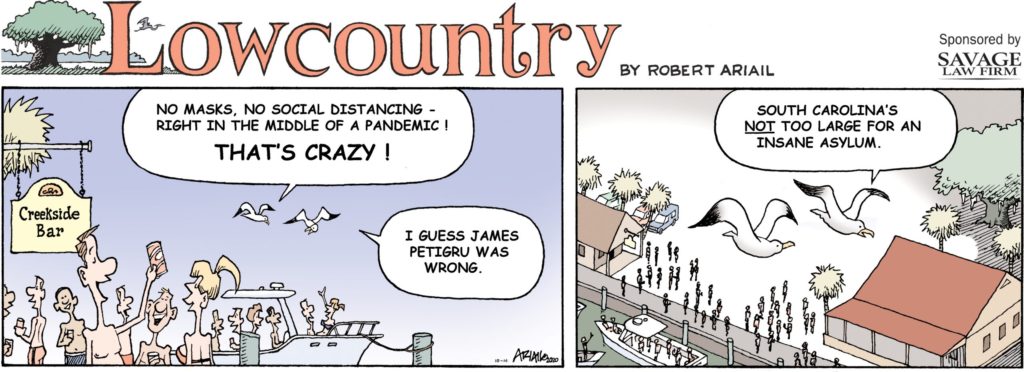
Enjoy this week’s cartoon by Robert Ariail, republished from our sister newspaper, the Charleston City Paper. Love it? Hate it? What do you think: feedback@statehousereport.com.
Readers suggest why so many people are voting early
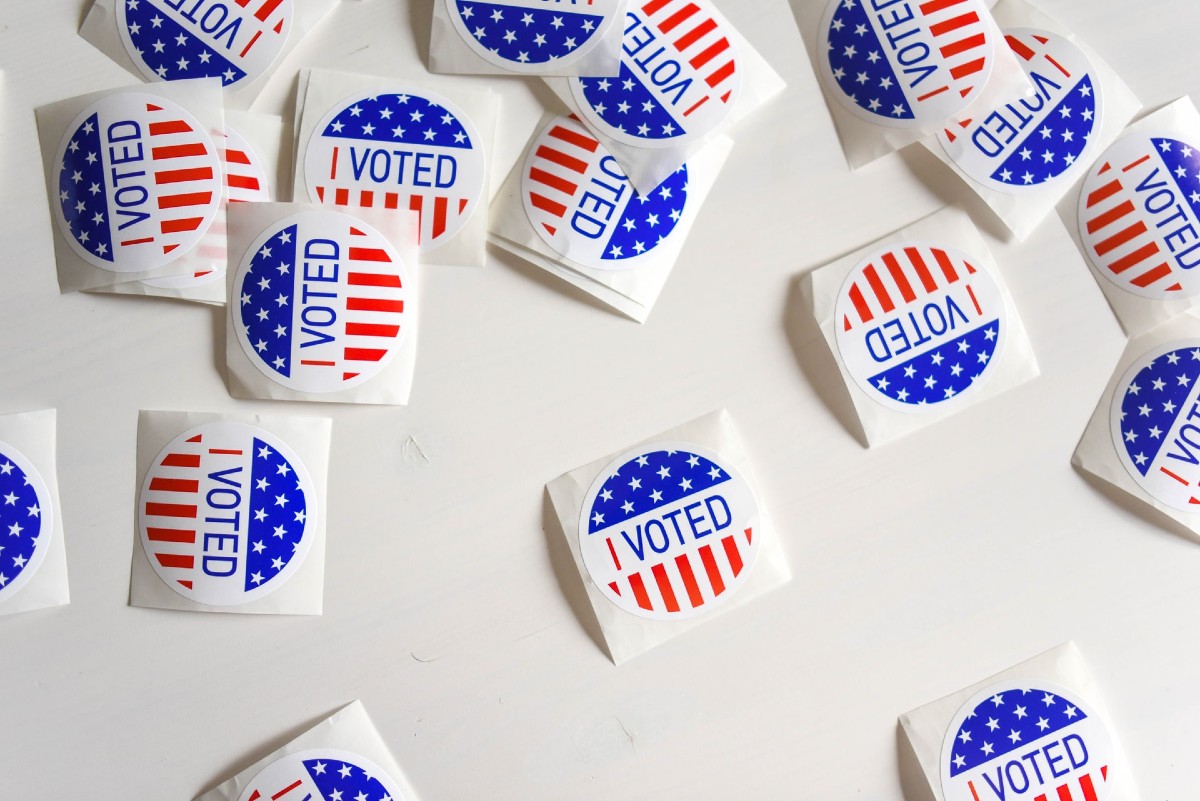
Editor’s Note: This commentary appeared today in a sister Georgia publication, but provides insight on early voting that’s occurring in record numbers in South Carolina, too.
By Elliott Brack, Norcross, Ga. | It puzzles me why people are standing in line for hours in record numbers to vote on the first two days of early voting. After all, they have all of three weeks to vote early. “Why was it?” I asked some people, just to try to figure this out. We were also trying to determine who would benefit from heavy voting.
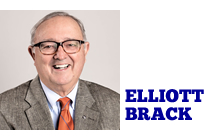 What follows are some of the 22 answers we got. Some answered similarly. We’ll use no names; we’re just seeking to understand this voting phenomenon.
What follows are some of the 22 answers we got. Some answered similarly. We’ll use no names; we’re just seeking to understand this voting phenomenon.
A retiree thought: “They got the day off to vote, so they were sticking with it.”
An insurance man: “The heavy turn-out benefits Joe Biden, as does mail-in voting.”
An office manager: “People want to avoid the long lines on the actual day of voting. And if the lines were too long, they could return multiple times until they voted.”
Another retiree: “What is happening now at the polls is that a lot of people are afraid of mail-in ballots. The heavy turnout will favor Democrats.”
A political observer: “Passions are the highest in my life. Hatred is raw. It isn’t just one side. Republicans similarly feel this election is the most important in their lives and everything is on the line.”
A journalist: “Makes more sense to me to vote early after about two weeks when not as many people are all lathered up. Democrats are really energized. Republicans are going to buy more of the argument that they need to show up on election day.”
A key manager: “Frustration, COVID, anger, Black Lives Matter movement, defunding of police, violent riots, destruction of properties….all these are bringing out the voters.”
A female business owner: “I am willing to stand in line because I see our basic governmental structure threatened by abuse of power. On top of which, I trust science and I believe humans are harming the climate and that positive measures CAN be taken away. Many are standing in line because they are misinformed, via Fox and believe conspiracy theories.”
A former business owner: “ I think the heavy turnout spells doom for Trump! It will be interesting to see, and I really hope that he goes peacefully. I wanted him to survive the virus, but not the election!”
An attorney: “I think it is good for Biden/Harris. I also feel that way about early mail-in votes. Trump’s troops are too busy watching his photo ops and attending his mask-less rallies. Mind boggling!”
A relatively demure lady: “I can only hope it means that a lot of folks are prompted to vote this year out of sheer exasperation with Captain Chaos. But maybe his supporters are turning out in higher numbers because they fear exactly that.”
An elected official: “People on both sides are fired up and want to go ahead and vote.”
A keen observer: “The early long lines show how incredibly passionate people are about their Presidential choices this year.”
A Floridian who watches Georgia: “In 2016, Democrats stayed away from polls in bigger numbers, so stronger motivation this year is helping Democrats more.”
A former Gwinnettian: “It is good for the country to get people involved, then it is up to leaders to do what Dr. King, Dr. Lawson and others did in the 50s and 60s.”
From an adjacent county: “A lot of the voters these first two days are people who see voting in person as the patriotic thing to do, COVID or no COVID. The long lines are helping the challengers, most notably Joe Biden.”
Veteran Georgia newspaperman Elliott Brack offers GwinnettForum as a twice-weekly journal of commentary and news for Gwinnett County in the metro Atlanta area.
Send us your thoughts
We love hearing from our readers and encourage you to share your opinions. But to be published, you’ve got to provide us with contact information so we can verify your letters. Letters to the editor are published weekly. We reserve the right to edit for length and clarity. Comments are limited to 250 words or less. Please include your name and contact information.
- Send your letters or comments to: feedback@statehousereport.com
Monument to shipping
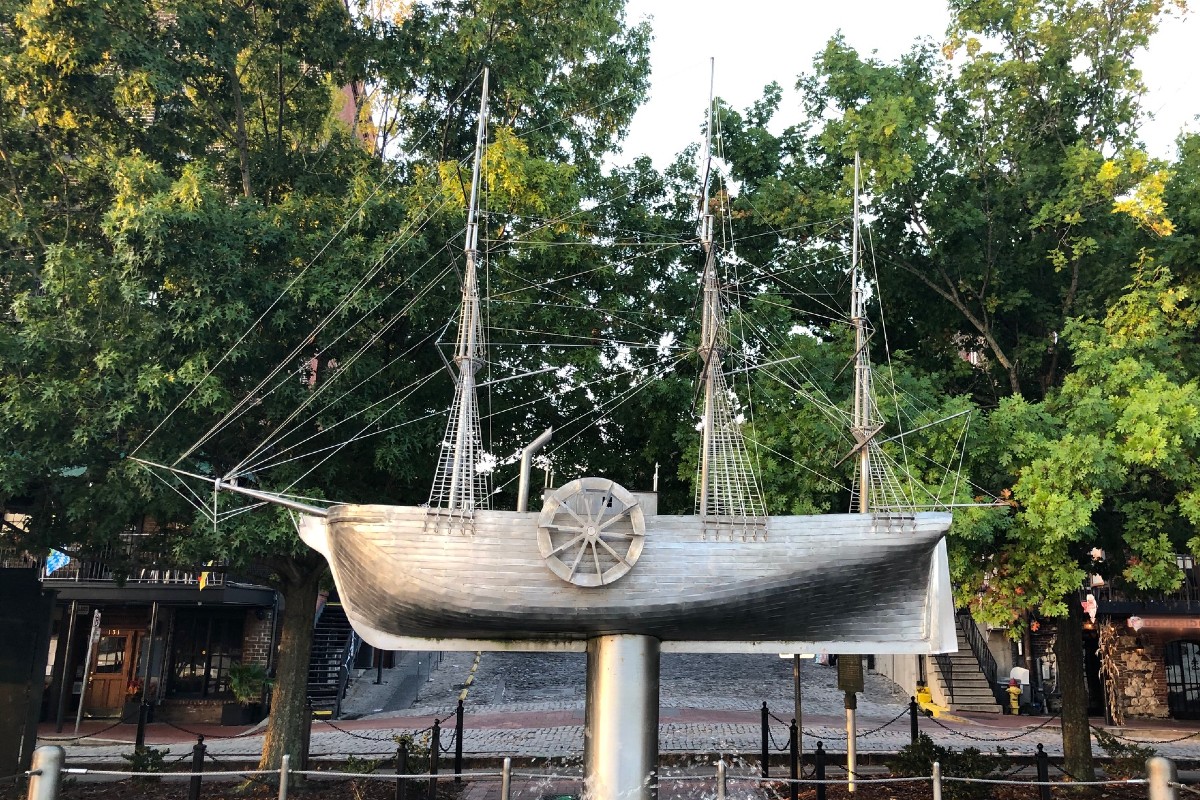
Here’s an outdoor artwork of a ship. What and where is it? (Caution: It may or may not be in South Carolina.) Send to feedback@statehousereport.com. And don’t forget to include your name and the town in which you live.
Our previous Mystery Photo
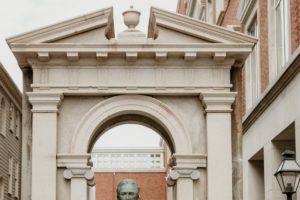 Our Oct. 9 photo, “Off the top of your head, where is this?,” was a joke that sent Daniel Prohaska of Moncks Corner into peals of laughter: “I laughed my head off with your Mystery Photo pun this week! Haha! That’s the Gedney Main Howe Jr. bust in Lawrimore Park just outside the historic Charleston County Courthouse. The bust was placed there in 2002. Howe was admitted to the South Carolina Bar in June of 1937 and practiced law in the city of Charleston from that date until his death in 1981, except for four years while in the United States Navy during World War II. He was elected circuit solicitor of the Ninth Judicial Circuit in 1946 and served without opposition until his resignation in 1956.”
Our Oct. 9 photo, “Off the top of your head, where is this?,” was a joke that sent Daniel Prohaska of Moncks Corner into peals of laughter: “I laughed my head off with your Mystery Photo pun this week! Haha! That’s the Gedney Main Howe Jr. bust in Lawrimore Park just outside the historic Charleston County Courthouse. The bust was placed there in 2002. Howe was admitted to the South Carolina Bar in June of 1937 and practiced law in the city of Charleston from that date until his death in 1981, except for four years while in the United States Navy during World War II. He was elected circuit solicitor of the Ninth Judicial Circuit in 1946 and served without opposition until his resignation in 1956.”
Others who correctly identified the statue (based on only the top of Howe’s head) were: Allan Peel of San Antonio, Texas; George Graf of Palmyra, Va.; Jeff Davis and Kevin Mertens, both of Greenville; Henry Eldridge of Tega Cay; and Jay Altman of Columbia.
- Send us a mystery: If you have a photo that you believe will stump readers, send it along (but make sure to tell us what it is because it may stump us too!) Send to: feedback@statehousereport.com and mark it as a photo submission. Thanks.
Meet three people associated with Charleston
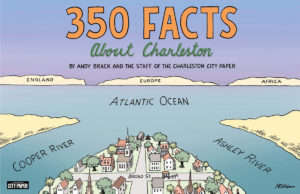 Staff reports | History books are filled with people from Charleston or who are intimately associated with it. Here are three people known far and wide who are among the several profiled in the new book, 350 Facts About Charleston.
Staff reports | History books are filled with people from Charleston or who are intimately associated with it. Here are three people known far and wide who are among the several profiled in the new book, 350 Facts About Charleston.
- ORDER NOW: Copies are in Lowcountry-area bookstores now, but if you can’t swing by, you can order a copy online today.
Conroy’s lush novels captured the essence of the Lowcountry
One of the Lowcountry’s best-known authors, Pat Conroy spent his college years at The Citadel in Charleston. Conroy’s debut novel, The Boo (1970) featured his alma mater. His books drip with beautiful descriptions of the Lowcountry and blend broad themes of family, the military and the post-World War II South. Conroy’s most well-known books include The Water is Wide (1972), The Great Santini (1976), The Lords of Discipline (1980) and The Prince of Tides (1986). His book South of Broad (2009) was set in Charleston and covers the tales from Leopold Bloom King through the 1960s and 1980s. The book includes Charleston’s darker legacy of racism and class divisions. He died March 4, 2016, at the age of 70.
Jonathan Green paints with vibrancy
Painter and printmaker Jonathan Green, born in 1955 in rural Gardens Corner in Beaufort County, is known for bold use of vibrant colors in iconic Lowcountry scenes reflecting African American traditions. His popular work, seen throughout Charleston in offices, homes, museums and retail shops, is filled with references to “memories of local African American traditions, as well as tales and stories told by members of his extended family and friends,” according to museum curator Jay Williams. “The artist’s paintings reflect an authentic historical understanding of Lowcountry culture, although he sometimes takes poetic license with his subject matter. Green’s Lowcountry subjects may or may not be factually realistic, but they communicate a strong sense of conceptual accuracy.” Green lives in the Charleston area today.
Shepard Fairey forever changes presidential posters
Charleston native and street artist Shepard Fairey is best known for his iconic “Hope” poster that supported Barack Obama’s 2008 presidential campaign. But Fairey’s graphic art has long been familiar on Charleston streets, windows and telephone boxes through his “Obey Giant” sticker campaign. He developed the homage to wrestler and actor Andre the Giant that reportedly was originally developed in 1989 while he attended the Rhode Island School of Design. According to ObeyGiant.com, “The OBEY sticker campaign can be explained as an experiment in Phenomenology. … Phenomenology attempts to enable people to see clearly something that is right before their eyes but obscured; things that are so taken for granted that they are muted by abstract observation.” Fairey’s bold imagery is in collections around the country. He and his family live in Los Angeles. His parents live in Charleston.
Lindsay Street contributed to 350 Facts About Charleston, from which these entries are excerpted.
ABOUT STATEHOUSE REPORT
Statehouse Report, founded in 2001 as a weekly legislative forecast that informs readers about what is going to happen in South Carolina politics and policy, is provided to you at no charge every Friday.
Meet our team
- Editor and publisher: Andy Brack, 843.670.3996
- Statehouse correspondent: Lindsay Street
Donate today
We’re proud to offer Statehouse Report for free. For more than a dozen years, we’ve been the go-to place for insightful independent policy and political news and views in the Palmetto State. And we love it as much as you do.
But now, we can use your help. If you’ve been thinking of contributing to Statehouse Report over the years, now would be a great time to contribute as we deal with the crisis. In advance, thank you.
Buy the book
Now you can get a copy of editor and publisher Andy Brack’s We Can Do Better, South Carolina! ($14.99) as a paperback or as a Kindle book ($7.99). . The book of essays offers incisive commentaries by editor and publisher Andy Brack on the American South, the common good, vexing problems for the Palmetto State and interesting South Carolina leaders.
More
- Mailing address: Send inquiries by mail to: 1316 Rutledge Ave., Charleston, SC 29403
- Subscriptions are free: Click to subscribe.
- We hope you’ll keep receiving the great news and information from Statehouse Report, but if you need to unsubscribe, go to the bottom of the weekly email issue and follow the instructions.
- Read our sister publications: Charleston City Paper (every Wednesday) | Charleston Currents (every Monday).
- © 2020, Statehouse Report, a publication of City Paper Publishing, LLC. All rights reserved.



